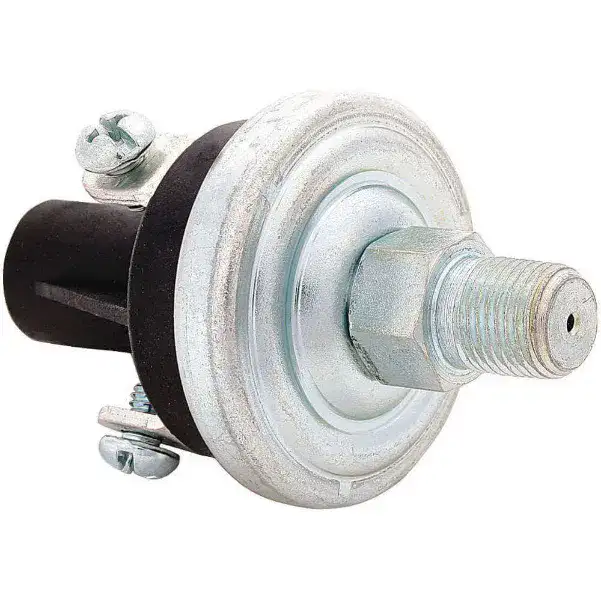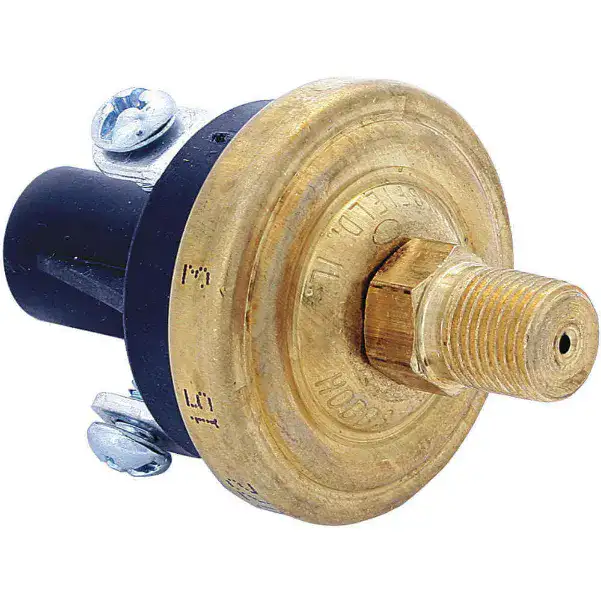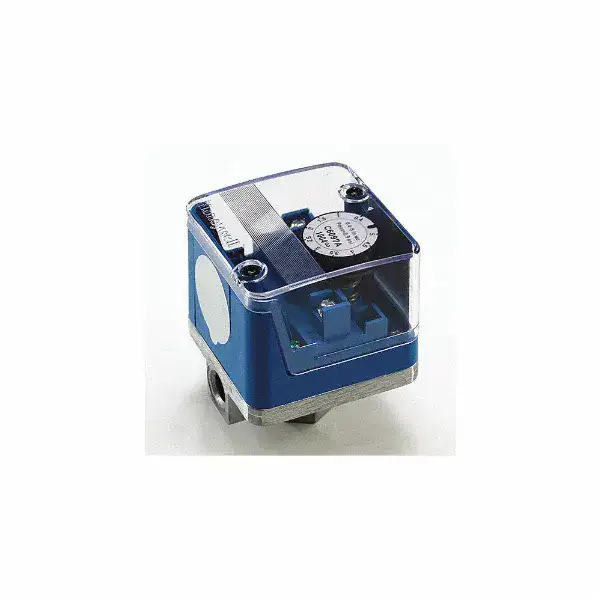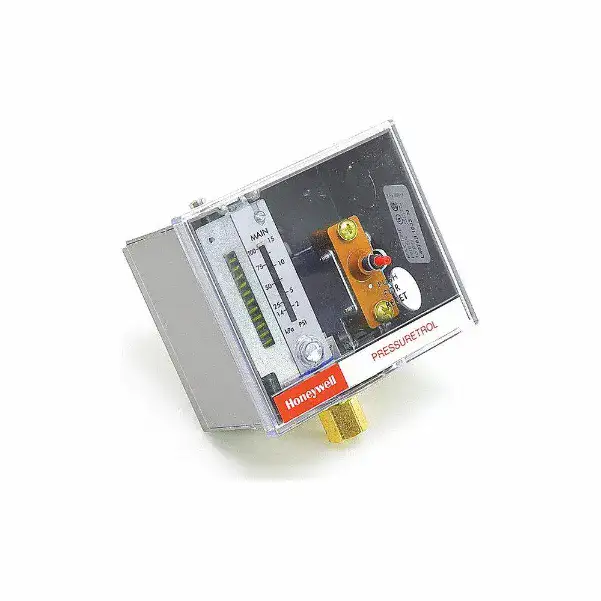Honeywell pressure and vacuum switches are used in the HVAC, automotive and aerospace industries. These vacuum switches are used to monitor pressure or vacuum levels in systems, triggering actions... Read More
Honeywell pressure and vacuum switches are used in the HVAC, automotive and aerospace industries. These vacuum switches are used to monitor pressure or vacuum levels in systems, triggering actions such as equipment control or alarm activation based on preset thresholds. They are used to quickly open / close the circuit when the pressure exceeds the designated set point. Honeywell pressure switches are available in standard and reverse action variants.
Read Less
 £ GBPChange Country
£ GBPChange Country




